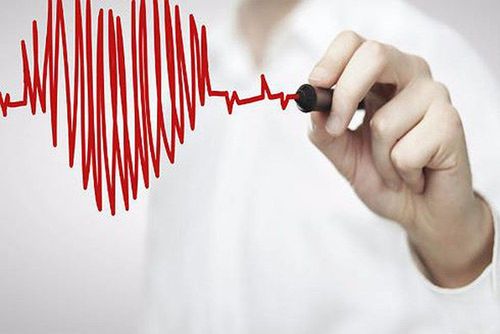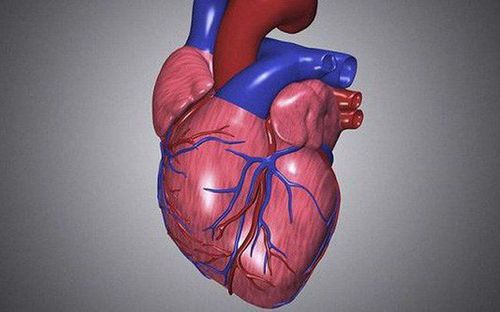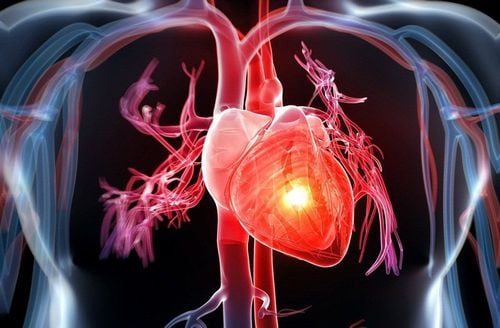This is an automatically translated article.
The article is professionally consulted by Master, Doctor Cao Thanh Tam - Cardiologist - Cardiovascular Center - Vinmec Central Park International General Hospital.
Acute cardiac tamponade is a dangerous condition with a high risk of death if not detected and treated promptly. When the heart is compressed, it impedes the activities of the heart, thereby leading to the organs in the body not being supplied with enough blood, leading to multi-organ failure.
1. What is acute cardiac tamponade?
Acute cardiac tamponade is a condition in which the heart is compressed due to too much blood or fluid accumulation between the heart muscle and the pericardium, thereby creating pressure on the heart, hindering the functions of the heart. At that time, the heart cannot pump enough blood to the organs in the body; lead to multiple organ failure, shock, and even death.
Acute cardiac tamponade is an emergency that needs to be diagnosed and treated quickly. If detected, diagnosed and treated early has a good prognosis for recovery. But if not diagnosed and diagnosed in time, the patient has a high risk of death.
In addition, mortality is related to causes of cardiac tamponade. If due to malignant causes such as metastatic cancer, severe chest trauma, accompanied by sepsis, the mortality rate is very high. Other causes have a lower mortality rate.

2. Causes of acute cardiac tamponade
Acute cardiac tamponade is usually caused by a lot of blood or fluid in the pericardial space (the space between the thin membrane surrounding the heart and the heart muscle) leading to pressure on the heart. Causes of acute cardiac tamponade include:
Heart injury, heart injury, heart rupture Due to myocardial infarction Bacterial, viral infection of pericarditis Due to tuberculosis Heart failure Urinary diseases such as : Nephrotic syndrome, kidney failure, high blood urea nitrogen syndrome, Malignant diseases: Metastatic cancer, after radiation dose treatment Aortic dissection or ruptured aneurysmolysis Lupus erythematosus Cardiac catheterization, coronary angiography, pacemaker placement Factors that may increase the risk of acute cardiac tamponade include:
People with severe radiation exposure to the chest HIV infection Failure to properly treat open wounds increases the risk infection. Hypothyroidism
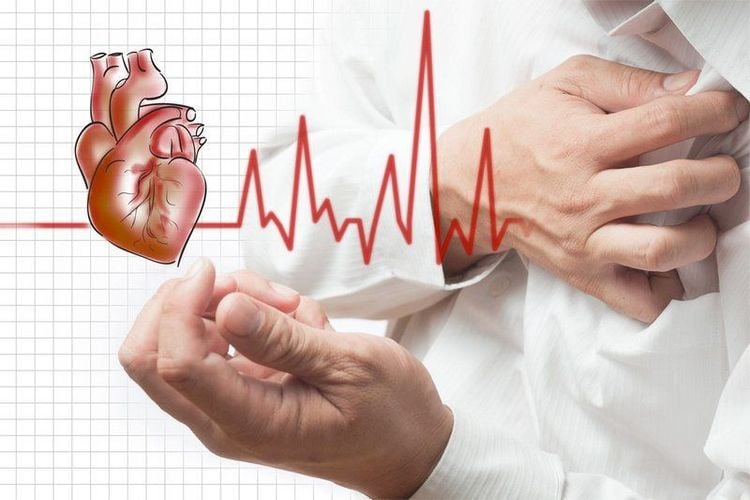
3. Symptoms of acute cardiac tamponade
Cardiac tamponade can cause a wide variety of symptoms. In particular, common symptoms include:
The patient feels anxious, restless Chest pain spreading to the neck, shoulders, back or abdomen. Chest pain, which may worsen when the patient breathes or coughs Feeling uncomfortable symptoms, which may be relieved by sitting upright or leaning forward Tachycardia, palpitations, if severe, a weak pulse may be seen, Difficult to catch Low blood pressure Shortness of breath, rapid breathing The patient may faint, dizziness, lightheadedness, increased feeling of drowsiness, may lose consciousness Pale, gray, or pale skin. Lack of blood to nourish the brain leads to muscle weakness and paralysis
4. Treatment methods for acute cardiac tamponade
Acute cardiac tamponade is an emergency that requires prompt treatment in medical facilities. Treatment includes treating the symptoms (reducing pressure on the heart) and treating the cause of the compression.
4.1 Symptomatic Treatment To release acute cardiac tamponade: The patient will puncture the pericardial cavity or open the chest to drain blood, remove blood clots if you have a heart injury . In some cases, part of the pericardium may also be removed to relieve pressure on the heart. Shortness of breath: The patient is given oxygen Raise blood pressure: With vasopressors, intravenous fluids 4.2 Treat the cause If due to chest trauma: The patient is surgically treated depending on each injury case.
In addition, if it is not due to trauma after stabilizing treatment for acute cardiac tamponade, the patient will be subjected to intensive tests to find the cause of the disease if the cause is unknown. From there, treatment depends on the cause of the acute cardiac tamponade.
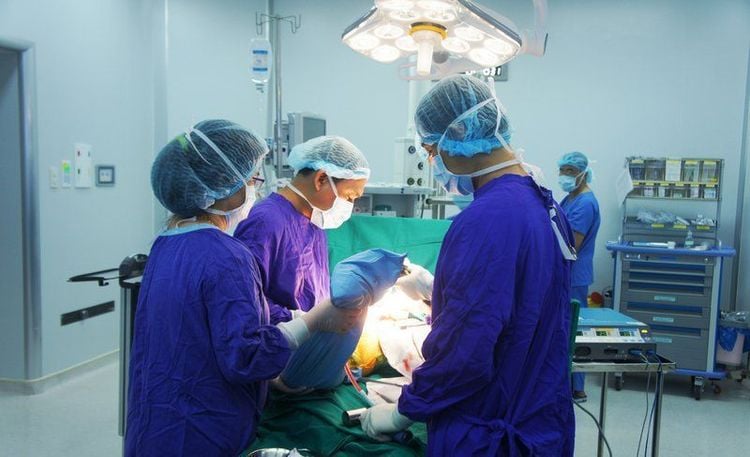
5. How to prevent acute cardiac tamponade?
While all causes of tamponade cannot be prevented, some causes of tamponade are preventable. Precautionary measures such as:
Avoid direct contact with people who are sick with a bacterial or viral illness. Treatment of inflammatory diseases in the throat and skin thoroughly. Patients with chronic diseases such as lupus erythematosus, hypothyroidism need proper treatment. Complications from heart procedures are less likely to occur if performed in facilities with experienced doctors and modern medical equipment. It is necessary to treat the disease according to the instructions of the doctor, do not self-medicate and use the drug without consulting the treating doctor. Exercise regularly and eat a nutritious diet to improve health. Periodic re-examination to avoid recurrence. Cardiac tamponade is a very dangerous condition. It should be detected and treated early. Therefore, when having any suspicious symptoms, it is necessary to seek medical attention for timely examination and treatment.
To protect heart health in general and detect early signs of myocardial infarction and stroke, customers can sign up for Cardiovascular Screening Package - Basic Cardiovascular Examination of Vinmec International General Hospital . The examination package helps to detect cardiovascular problems at the earliest through tests and modern imaging methods. The package is for all ages, genders and is especially essential for people with risk factors for cardiovascular disease.
If you have a need for consultation and examination at Hospitals under the national health system, please book an appointment on the website to be served.
Please dial HOTLINE for more information or register for an appointment HERE. Download MyVinmec app to make appointments faster and to manage your bookings easily.





